Plants exist in a permanent spot on the Earth, while animals travel around it. That doesn’t mean plants don’t move—many orient themselves toward the sun as the day goes on. I’ve definitely had Sundays when my plants moved more than I have.
What’s interesting is that the same mechanisms that govern how we move through the day evolved from the ones plants still use. Scientists at the University of California-Davis have figured out how that mechanism works in sunflowers.
We know that the rhythms of the day affect how nearly all organisms behave—and even some things that are out of their control. To take just one example, fatal heart attacks are more likely to occur early in the morning or late at night because that’s when potassium flows to the heart at a reduced rate. In some unfortunate cases, the flow stops completely—something that would be very unlikely during the day.
Since a plant is rooted, it must follow circadian rhythms even more closely. A plant eats sunlight, and if it doesn’t feel like eating during the day, it can’t walk over the fridge at night like I can.
Stacey L. Harmer, a biochemistry Ph.D. who runs a plant biology lab at UC-Davis, wanted to understand what’s going on at the molecular level. Plants aren’t conscious; they aren’t “deciding” to unfurl their leaves or strain toward sunlight. What’s causing them to change position?
Sunflowers provided a good test subject. They start the day facing east, oriented toward the sun. They follow the sun all day to the west, but then, as night falls, turn back east to catch the sunrise.
Obviously the plants are maximizing their exposure to the sun. What’s driving this behavior? One way to find out is to confuse the plants. Harmer and her colleagues tried such tactics as:
- Turning potted sunflower plants around at night so they faced west at sunrise. These plants couldn’t adjust—their leaves were 10% smaller than undisturbed plants.
- Putting potted sunflower plants below a grow lamp that didn’t change position. These plants continued their east/west movement at first, but stopped after a few days. Then, when the lamp was moved during the day to replicate the path of the sun, the plants started to “move” again.
- Subjecting the plants to an artificial 30-hour day. Timed grow lamps created a 30-hour cycle rather than a 24-hour one. The plants couldn’t adjust to it.
To determine how the plants were “moving,” Harmer’s team put ink spots on the sides of the sunflower’s stem, then watched them with time-lapse video. The distance between the dots lengthened on east side of the plant during the day—that side was growing faster, pushing the plant’s orientation to the west. During the evening swing-back, the west side of the plant grew faster.
Armed with this information, the researchers were able to identify genes that were active during the day but not during the night, and vice versa. These genes will form the basis for further research. Eventually, we’ll know how nature gets plants to follow the sun.
For those of us worried about energy efficiency, that’s exciting news: Someday, scientists could harness these mechanisms to tell solar panels the best way to point.


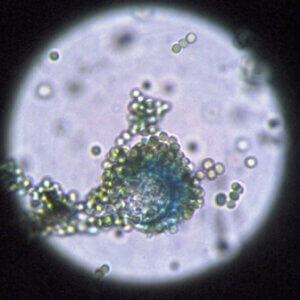


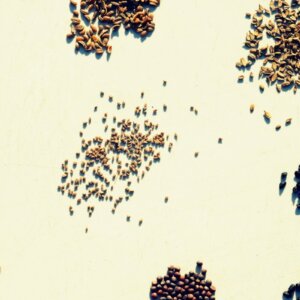





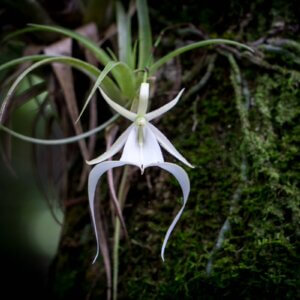
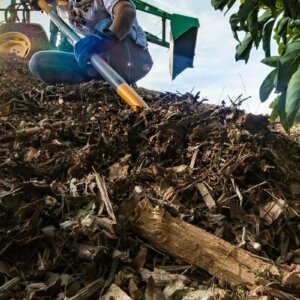























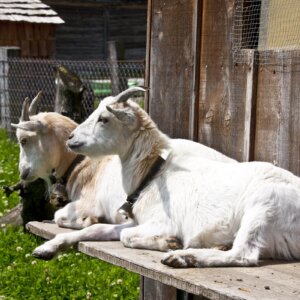

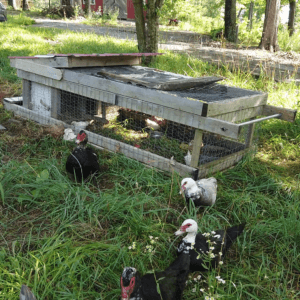


Leave a Reply